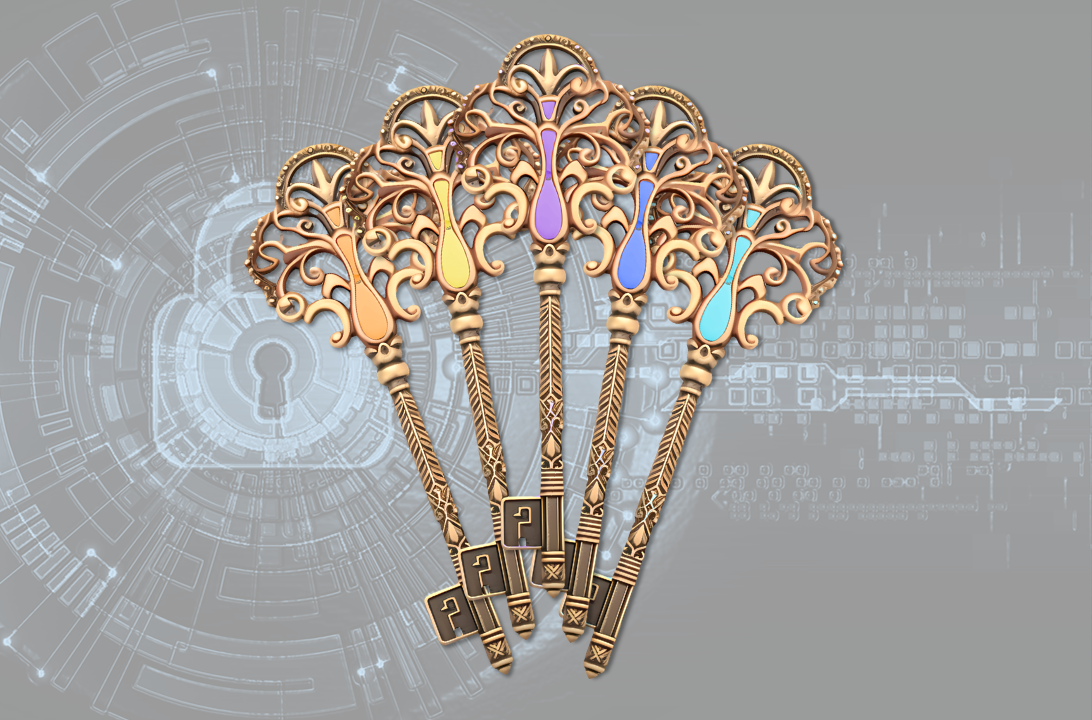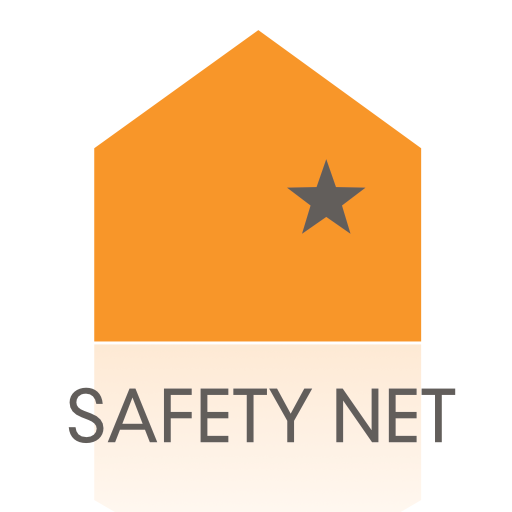It's Data Privacy Day 2025
/Survivors should have the right to control their own data. In this image, we represent this control with five keys. Each key is accented with an awareness color representing survivors of a types of violence. Orange is for youth dating violence. golden yellow is for stalking. purple is for domestic and intimate partner violence. Blue is for human trafficking. Teal is for sexual violence.
January 28 is Data Privacy Day. In observance of this day, the Safety Net Project at the National Network to End Domestic Violence recognizes four pillars. Each helps ensure both survivors’ and the general population’s well-being:
Safety;
Privacy;
Security; and
Access.
These guide our work every day in helping to achieve technology safety for all. While they go hand-in-hand, we’ll look at each below.
Safety: Safety is what we are working for when we implement the other pillars. Think of the kinds of information survivors might need to protect for their safety:
Location;
Online activity;
Home and work addresses;
Children’s whereabouts; and
Much more.
Survivors have a right to technology. They should not have to choose between staying safe and using a device or platform. Many people rely on the internet to look for jobs and search for resources. They may even use it to earn a living. Abusers often isolate survivors as a tactic of abuse. Survivors may use the internet to decrease this isolation. We believe in strong privacy and security policies and settings. We believe in pairing them with access to technology. This combination helps keep all of us safe.
Privacy: January 28 is Data Privacy Day. However, we – survivors and non-survivors both – always need data privacy. Here are just a few reasons:
People need to keep their medical and financial data private.
Stalking survivors need to know that the platforms they use are not sharing their or their support networks’ information.
These examples illustrate how privacy benefits everyone. We support strong privacy policies, settings, and protections. They give us one way to take back control over our digital presence.
Security: Survivors and non-survivors need secure ways to use tech. Security is important for:
Communicating with trusted individuals;
Seeking online resources or help; and
Having a place to store legal, health, or other personal documents.
We share our information when using online spaces, services, and apps. We do this hoping that it remains secure. Strong security helps keep our information out of the wrong hands.
Access: Platforms should center the needs of their users, including survivors, by design. This includes access. The designers of platforms must consider the needs of those who:
Have disabilities; and
Speak languages other than the ones spoken by the designers.
Accessibility barriers that keep survivors from getting assistance are one type of safety risk. Accessibility features and services that require users to make large privacy and security compromises are another. Accessibility without loss of safety, in products, platforms, and technologies, should be a core goal of our work.
Building and using technology with all this in mind can be challenging. For survivors, it can be exhausting and terrifying. However, we also see encouraging developments. One is that more and more online platforms and services are building in End-to-End (E2E) encryption. This helps protect users’ privacy and security by making it more difficult to eavesdrop on online communications. We have always been happy to see these announcements! We are even more thrilled when the platform has clearly also considered safety and accessibility! Safety Net has two resources to help you learn more about encryption:
The resource that Safety Net developed with the Internet Society. This was written to help survivors and service providers understand encryption (especially E2E encryption) better.
The Encryption Basics for Programs resource. Safety Net created this resource for service providers. It discusses different types of encryption and how they relate to program work.


